Starting seeds indoors is a great way to get a jump start on the gardening season. But, if you're limited in space or live in an area with a short growing season, starting your plants on a windowsill can be the perfect solution. I'm here to share my tips for successful seed starting on a windowsill and help you grow beautiful, healthy plants ready for transplanting when spring arrives!
If you have access to just one sunny window in your home, you can still successfully start seeds indoors. All it takes is some careful planning and understanding of how much light intensity and temperature conditions affect germination rates. To ensure success, choose lightweight varieties that are well-suited to indoor cultivation such as lettuce, tomatoes and herbs. Additionally, pay close attention to watering schedules and use quality potting soil specifically blended for seed starting.
With these simple tips, anyone can become an expert at seed starting on their windowsill. In this article I will cover the basics of selecting suitable plants, preparing the soil mix and getting started with sowing the seeds so that gardeners of all levels can enjoy success come planting time!
The Advantages Of Starting Seeds On A Windowsill
Windowsill seed starting is an ideal way to get a jump-start on the growing season. Sowing windowsill seeds can give you a full harvest long before outdoor planting becomes possible. There are many advantages to windowsill growing that make it worth considering, especially if you have limited space or don't have access to an outdoor garden.
First and foremost, it's convenient! You won't need any special equipment or materials - just your planted pots and some windowsills with adequate sunlight exposure. Plus, you'll be able to monitor how quickly your plants grow and how successful they are at germinating in general. This makes for easy adjustments as needed throughout the growing process.
Secondly, there is less risk of pests or diseases affecting your plants when compared to traditional gardening methods outdoors. The closed environment indoors helps protect from these potential threats while also providing consistent temperatures conducive for optimal growth. Additionally, no weeding is required; once those pesky weeds start appearing outside, your windowsill garden will already be well established!
Overall, windowsill seed starting offers numerous benefits that allow even novice growers to enjoy success with their crops. With careful planning and diligent monitoring, anyone can reap the rewards of having homegrown produce all year round!
Choosing The Right Window For Seed Starting
Now that you understand the advantages of starting seeds on a windowsill, it’s important to select the right window for your seed-starting endeavors. The type of window you choose will depend largely on the light requirements of whatever seeds you are planting.
The best seed starting window is one that provides at least six hours of direct sunlight each day, which can be challenging in some climates. If possible, pick a southern or southwestern exposure as this usually offers plenty of sunshine and warmth throughout the season. You may also want to consider adding an artificial grow light if there isn't enough natural lighting available.
Windowsills come in all shapes and sizes, so make sure yours is large enough to accommodate your desired number of containers and plants. Additionally, double check that your windowsill has sufficient drainage; waterlogged soil can quickly become stagnant and cause root rot in your precious seedlings. Consider installing a window box or attaching hooks beneath the sill for hanging planters – these solutions help maximize space while keeping everything neat and tidy!
In order to ensure successful seed starts, selecting the right window should be high up on your list of priorities. With ample sun exposure, adequate container space and proper drainage, you’re well on your way towards achieving healthy growth from start to finish!
How To Select The Best Containers For Starting Seeds
When it comes to selecting the best containers for starting seeds on a windowsill, there are several options available. Window sill planters offer an attractive option that can easily be moved around if needed. These usually come in small sizes and are great for growing seedlings until they’re ready to be transplanted into larger pots or garden beds. Seed trays with built-in drainage holes also make a great choice when starting seeds indoors as they provide plenty of space to accommodate multiple plants at once. For those who want something even more low maintenance, plastic cups with pre-drilled drainage holes will do just fine.
No matter which type of container you choose, it's important to remember that good soil is key. Make sure your chosen medium has the right balance of organic material and minerals so that your seeds have all the nutrients they need to thrive. Also, don't forget to water regularly – but not too much – making sure that the surface never dries out completely before watering again.
Finally, keep an eye out for signs of disease or pests by checking over your seedlings every few days; this helps ensure healthy growth and development from the very beginning!
Understanding Light Requirements For Sowing Seeds On A Windowsill
When sowing seeds on a windowsill, understanding light requirements is key to success. Light is the most important factor when starting your seedlings indoors as not all plants require the same amount of sun or artificial light. Windowsills are an ideal spot for sowing seeds and providing them with adequate lighting; however, it's essential that you understand how much light various types of plants need to germinate properly.
The first step in determining proper lighting for your windowsill-sown seedlings is deciding where to place the containers. South facing windows get lots of natural sunlight, making them perfect for annuals and vegetables that need full sun exposure during their growing season. For shade loving flowers like begonias or impatiens, east or north facing windows provide more moderate levels of light throughout the day. If you have limited access to natural sunlight through your windows, investing in supplemental indoor grow lights can help ensure that your plants receive enough illumination each day.
No matter what type of plant you’re growing, make sure to read up on its specific needs prior to sowing so you know exactly how much and which kind of light they need to thrive. Once established on a sunny windowsill, keep track of the time they spend exposed to direct sunlight versus diffused rays coming through window glass — too much intense midday sunshine can cause scorching while some species may benefit from several hours per day under fluorescent bulbs designed especially for seedling growth. With just a little extra effort in researching and monitoring your plants’ lighting needs, your seeds will be off to a great start!
How Long Can I Leave The Plants On My Windowsill
Now that you understand the light requirements for sowing seeds on a windowsill, it's time to consider how long your seedlings can remain in this environment. Generally speaking, windowsill seedlings should stay put until they become overcrowded or begin outgrowing their containers. At this point, transplanting times need to be considered.
If you are growing annuals from seed, these will typically require only 8-10 weeks before being transplanted into the garden; however, perennials may take 12-14 weeks before being ready for outdoor conditions. It is important to note that if any of your plants start flowering indoors prior to reaching their ideal transplanting times, then they must immediately be moved outside as blooming signals that their growth cycle has been completed and prolonged indoor residence would lead to poor performance outdoors.
Seed starting duration on a windowsill will depend upon the type of plant being grown, along with its individual needs such as temperature and humidity preferences. When unsure about an appropriate timeline for transplanting young seedlings, consult reliable sources such as gardening books or websites written by experienced horticulturists. By following these guidelines carefully and closely monitoring your windowsill seedlings throughout the season, success with at-home growing endeavors is sure to follow!
Transplanting Seedlings From A Windowsill To The Garden.
Transplanting seedlings from a windowsill to the garden is an exciting step for any gardener! With proper care and attention, your seedlings will have no problem making the transition. Start by hardening off your plants as soon as they’ve grown their first set of true leaves. To do this, gradually move them outside in increasing periods of time over the course of several days or weeks, so they can become accustomed to direct sunlight and outdoor temperatures.
When sowing outdoors, be sure to choose a sunny spot with well-draining soil that has been amended with compost or other organic matter. Carefully dig up each plant and transfer it into its new home, being careful not to disturb its roots too much. Water thoroughly after planting and continue watering regularly until established; mulching around each transplant helps retain moisture.
Finally, monitor your transplants closely for any signs of disease or pests such as slugs/snails or aphids - if caught early enough, these issues are often easy to resolve without major damage to your crop! With patience and dedication you should see success in no time at all – happy gardening!
Time to Get Growing!
Seed starting on a windowsill is an excellent way for gardeners to get a jump start on the growing season. By following these tips, you can have success with this rewarding activity!
When selecting your window and containers, remember that light requirements are key. If the plants don't receive enough sunlight they won't germinate or thrive properly. You also need to consider how long you'll be able to leave them there since many types of seeds will outgrow their original containers rather quickly.
Finally, when it's time to transplant those seedlings into the garden, make sure you provide plenty of water and care as they adjust to their new home. With proper attention and preparation, I'm confident that your windowsill gardening experience will be successful and enjoyable!

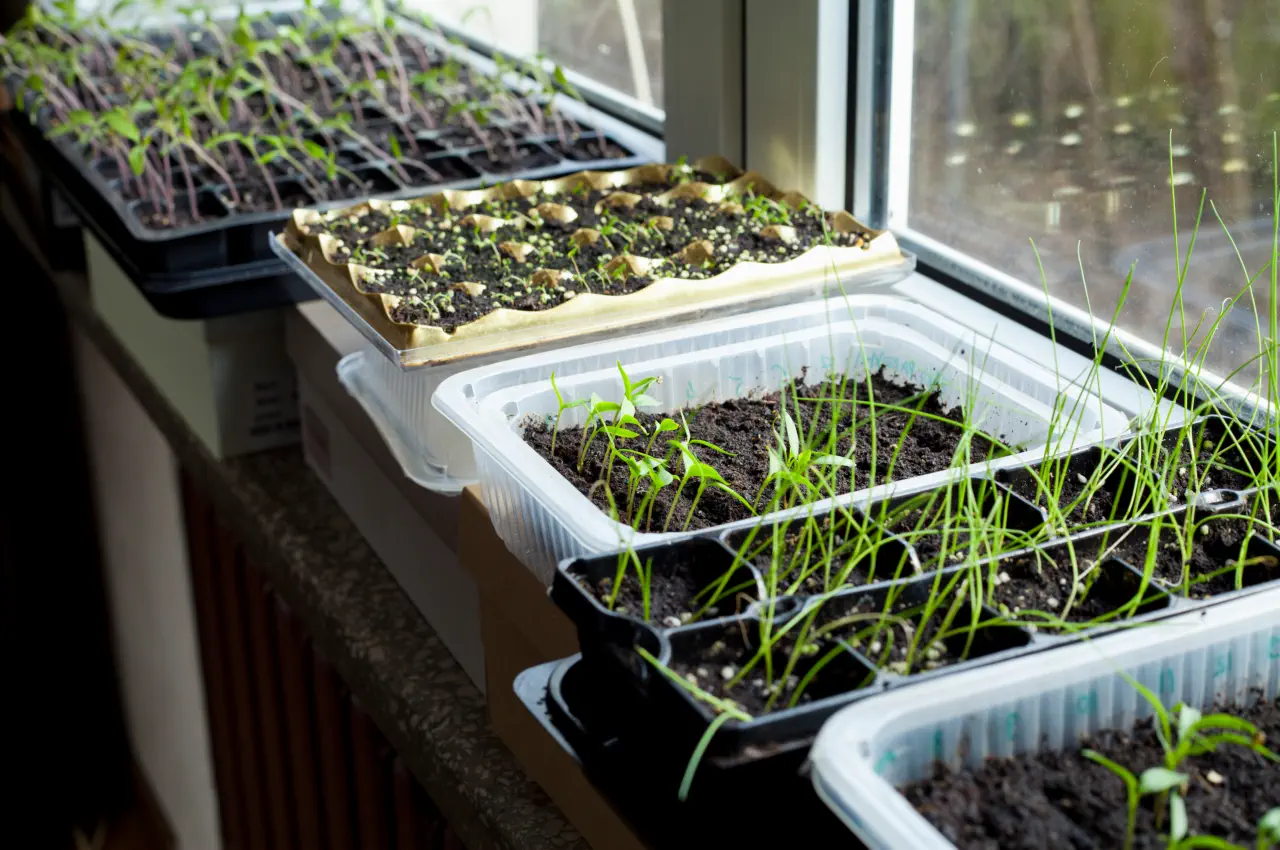
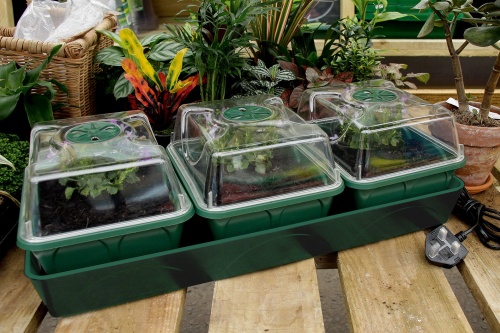
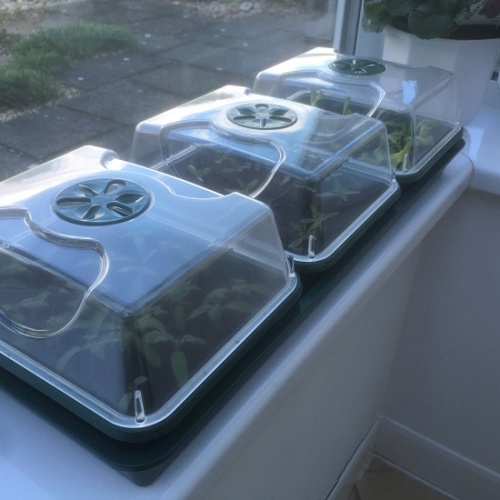
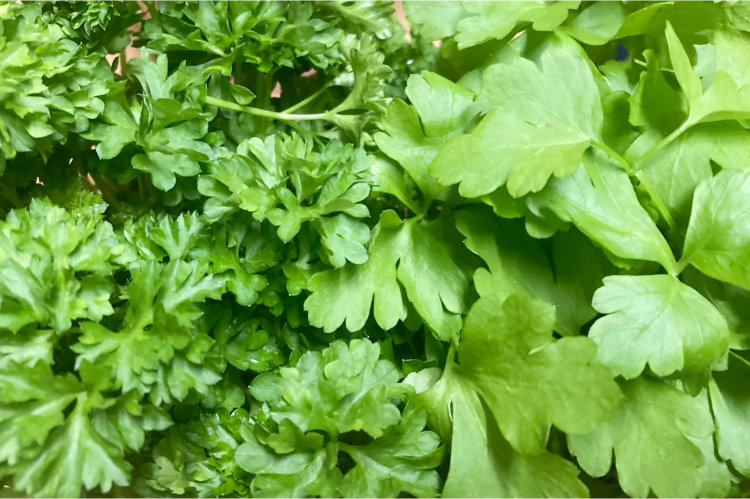

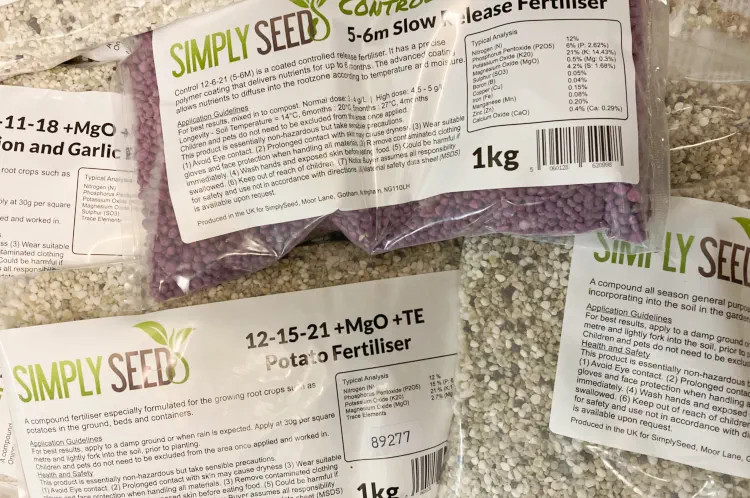

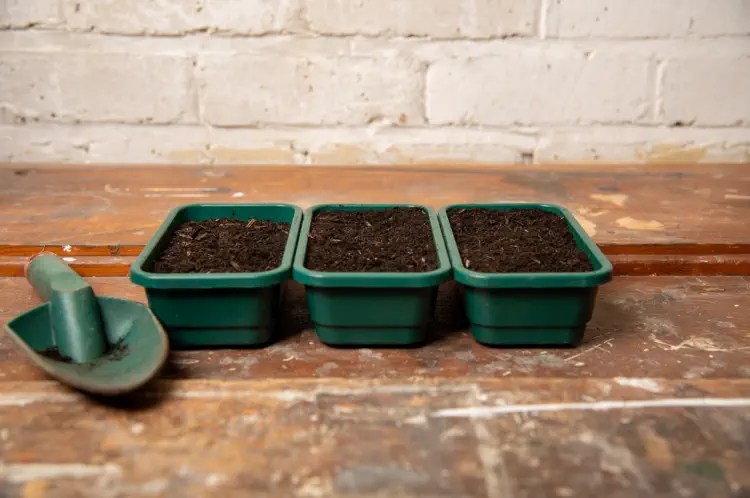



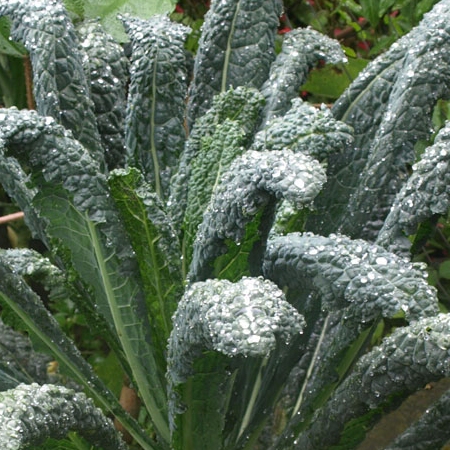
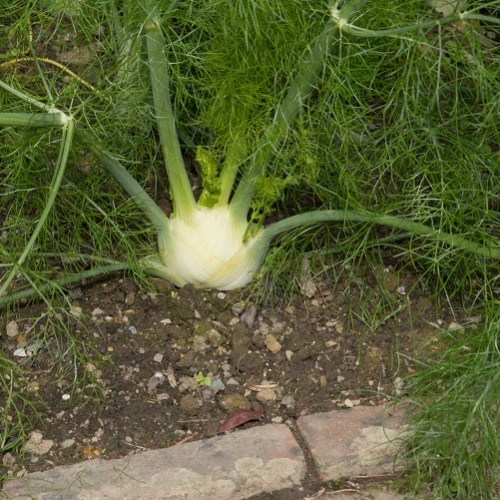

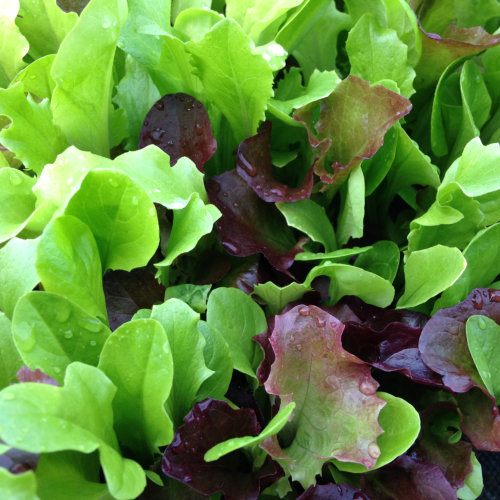
Biggest problem is growing to the light and growing leggie grow lights help